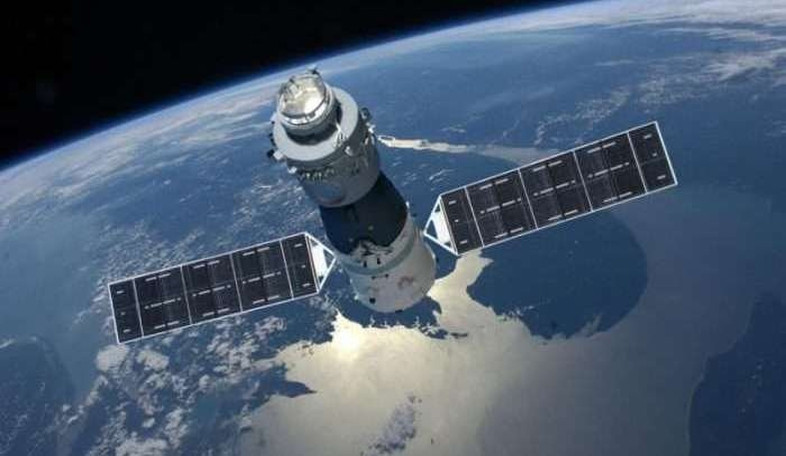Once the Easter egg hunt is over, if you need something else to search for then perhaps avert your eyes to the skies, as China’s retired Tiangong-1 space lab could soon light up the skies as it plummets towards Earth in a (possible) fiery extravaganza.
The Tiangong-1 was China's first prototype space station that was launched in 2011 as part of the country’s ambitious space programme. Its successor – Tiangong-2 – is already in orbit and has been home to two astronauts for 30 days as part of its inaugural mission. Both are being used as testbeds for China’s eventual manned station that it hopes to have in orbit by 2022.
For Tiangong-1 however, its time is up and its decayed body that has been drifting in space since it was decommissioned, is expected to crash to Earth anywhere between 43ºN and 43ºS – a vast stretch of area north and south of the equator that covers about a third of the planet.
With a mass of 8, 506 kilograms (pre-entry), it is predicted that most of it will burn up as it hurtles through the atmosphere, but some very dense parts such as the rocket engines or fuel tanks might not burn up completely and could make it to the ground intact.
Even so, the odds of being struck by debris from the defunct space station is incredibly small - about one in 292 trillion.
"Our experience is that for such large objects typically between 20 percent and 40 percent of the original mass will survive re-entry and then could be found on the ground, theoretically," the head of ESA’s space debris office, Holger Krag, told reporters at a recent briefing.
"However, to be injured by one of these fragments is extremely unlikely. My estimate is that the probability of being injured by one of these fragments is similar to the probability of being hit by lightning twice in the same year."
Tempting as it might be to ‘safeguard’ a piece of the debris for your own purposes, should you be lucky (or unlucky) enough to come across a piece, the professional advice is that you leave it well alone.
Firstly, such debris is likely to be a health risk, with either noxious fuel or shredded edges spoiling your enjoyment of the find. Secondly, according to the Outer Space Treaty of 1967, which provides the basic framework on international space law, a country’s space object is their legal property. Therefore China still has claims to it, even if the debris falls in a different country and in the past Space Agency's have prosecuted individuals who have 'acquired' and then tried to sell debris from varying space-related craft.
As of yesterday (29 March, 2018), China’s Manned Space website reports that Tiangong-1 stayed at an average altitude of about 196.4 kilometres and the estimated reentry window still remains between 31 March and 2 April, Beijing time.
 Image: ESA
Image: ESA











